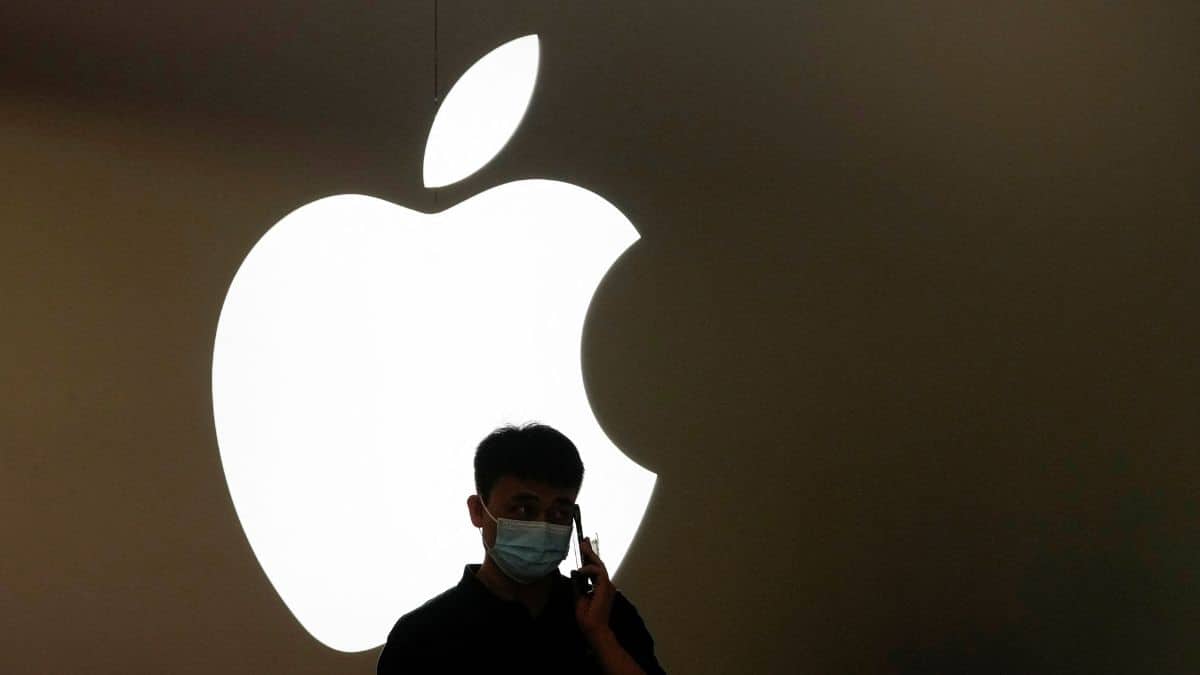 Image Credits - Reuters
Image Credits - Reuters
China’s tech landscape has become increasingly challenging for Apple. Consumer spending has cooled, fueled by economic uncertainties. Local competitors like Huawei, armed with government support and homegrown chips, have staged a comeback, captured nationalistic sentiment and surged in popularity.
Additionally, widening government bans on foreign technology further complicate Apple’s operations. These factors combined resulted in a 13% decline in China sales, marking the company’s weakest December performance in the region since 2020.
Globally, iPhone sales rose above expectations, propelling the company back into revenue growth territory after a string of declines. However, a deepening slump in China overshadowed this positive trend, Apple’s crucial yet turbulent market.
Despite the China woes, analysts like Gene Munster, co-founder of Deepwater Asset Management, remain optimistic. He views the current situation as a temporary setback, emphasizing China’s long-term potential for Apple. This optimism stems from the iPhone’s continued market share gains in the region, showcasing its enduring appeal. However, Apple must navigate the complex environment carefully, addressing concerns over pricing, product differentiation, and potential regulatory hurdles.
Beyond China, the company’s performance was mixed. The iPad, once a star performer, witnessed a 25% sales decline. The lack of new models in 2023, a first since its debut, likely contributed to this slump. However, upcoming releases offer a glimmer of hope for a turnaround. The Mac segment saw modest growth, fueled by the launch of new MacBook Pro models and iMacs powered by the M3 chip.
Other segments like Wearables, Home, and Accessories also faced headwinds. Sales dipped 11%, likely due to the absence of significant product upgrades. The U.S. ban on Apple Watch sales over a patent dispute further impacted this segment, although its timing mitigated the financial blow.
Apple’s broader landscape also presents challenges. Regulatory pressure, particularly from the European Union regarding App Store policies, adds another layer of complexity. Additionally, many of its major markets, including the U.S., are showing signs of saturation, demanding innovative strategies to maintain growth.
The Vision Pro, Apple’s rumoured mixed reality headset, presents both excitement and challenges. While it could open new avenues for revenue and user engagement, its initial iterations might be too expensive and cumbersome for mass adoption. Striking the right balance between cutting-edge technology and affordability will be crucial for its success.
In conclusion, Apple’s recent earnings report revealed a tale of two cities. Apple is experiencing mixed results with strong iPhone sales globally but a deepening slump in China, a crucial market. Despite the challenges, analysts remain optimistic about Apple’s long-term prospects in China. Global iPhone sales are flourishing, but the China storm rages on. While navigating this complex landscape, Apple must address local competition, adapt to regulatory changes, and find innovative ways to engage mature markets.
